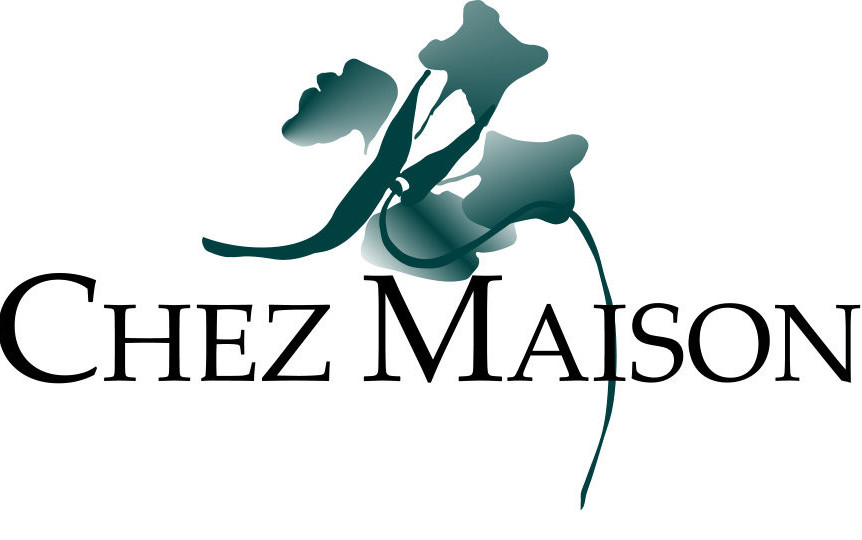Proportion: “It’s all Greek to me” they used to complain in my maths class. The idea of proportion is definitely something we can blame the Ancient Greeks for, along with many other ideas we still accept today.
The thinkers of this ancient time were true philosophers, lovers of knowledge. Mathematics was a new, almost magical branch of knowledge, Zero not even a concept. Geometry was exciting and applied in everyday life into everything they thought was beautiful. The pure classical style we see in the Greek temples with their columns lined up in precise arrangements began at this time.
The image of the building here in Dublin’s Bank of Ireland shows the huge influence of this ancient thought on the neoclassical architectural style that began in the mid-18th century. In its purest form, this style principally came from the this period of ancient Greek history, and an architect called Marcus Vitruvius Pollio, born around 80 BC.
Vitruvius’s descriptions of human proportions would inspire Leonardo Da Vinci fourteen centuries later in the 1480’s to draw that image of the man at the centre of a perfect circle with his fingers and feet on the circumference. And this idea of using Man as a reference to build our world around was something the Georgians, another 400 years later, embraced whole-heartedly in their pursuit of beauty.
The Georgian facade in the second image, from Trinity College, shows this obsession with perfect proportion being rekindled. Every window is a precise fraction of the window on the floor below.The window frames are an exact proportion of height to width. In fact it’s so perfect that it can be scaled right down to the size of a doll’s house, or of the front of a semi-D and there’s no way of telling unless you have that Vitruvian Man standing nearby. Which is why the first picture has a
person within the column to show the amazing scale of the building.
In interior design, proportion really is about considering things in relation to something else so that it looks right, or balanced. We very often don’t have beautifully proportioned rooms with windows that sit, perfectly positioned, beside Georgian inspired fireplaces. It can be a challenge to give the impression of balance but it is the job of a good designer to help. Like a good tailor, they should accentuate the positive and draw attention to where the balance looks its best.
It’s often easy to see when something is out of proportion if it verges on the comical. The tiny kids chair at the adults sized dinner table, or huge armchair in the petite drawing room. However as we get to area of it being almost right it’s difficult to tell how to improve. We can wonder why, when we get our new curtains that were exactly the same as our neighbours they look less ‘right.’ It’s probably that there is something slightly different in the height of the ceiling or the gap between the
top of the rail and the window and this, believe it or not is enough to upset the balance, or proportion of the scheme. And a good eye can see this, but people with an untrained eye still sense when it’s not working.
Good proportions in a window treatment can be a great starting point for making the room work.The window treatment can be designed to sit well away from a poorly proportioned window and like good tailoring give a great first impression.
All the small details in the room, benefit from how they are arranged in relation to each other. The size of the rug under a coffee table can be vital. The pictures need to be hung with an eye on the spaces between them and how the frames balance up to a cohesive unit. The vases and ornaments should be arranged with the same principle in mind. This final image is of a tear-sheet that made its way into my notebook. It shows how the carefully considered simple arrangement, looks like art
itself.
Proportion in Art & Design is more than just beauty; more than grace or elegance. It’s more to do with the underlying form of a thing. Proportion is basic to underlying form. It’s like the cheekbones on the face that still looks attractive when time has etched its mark on the skin. It’s like the bone structure of the photographer’s model - that ‘something’ that outlasts youth, fashion and time itself.



